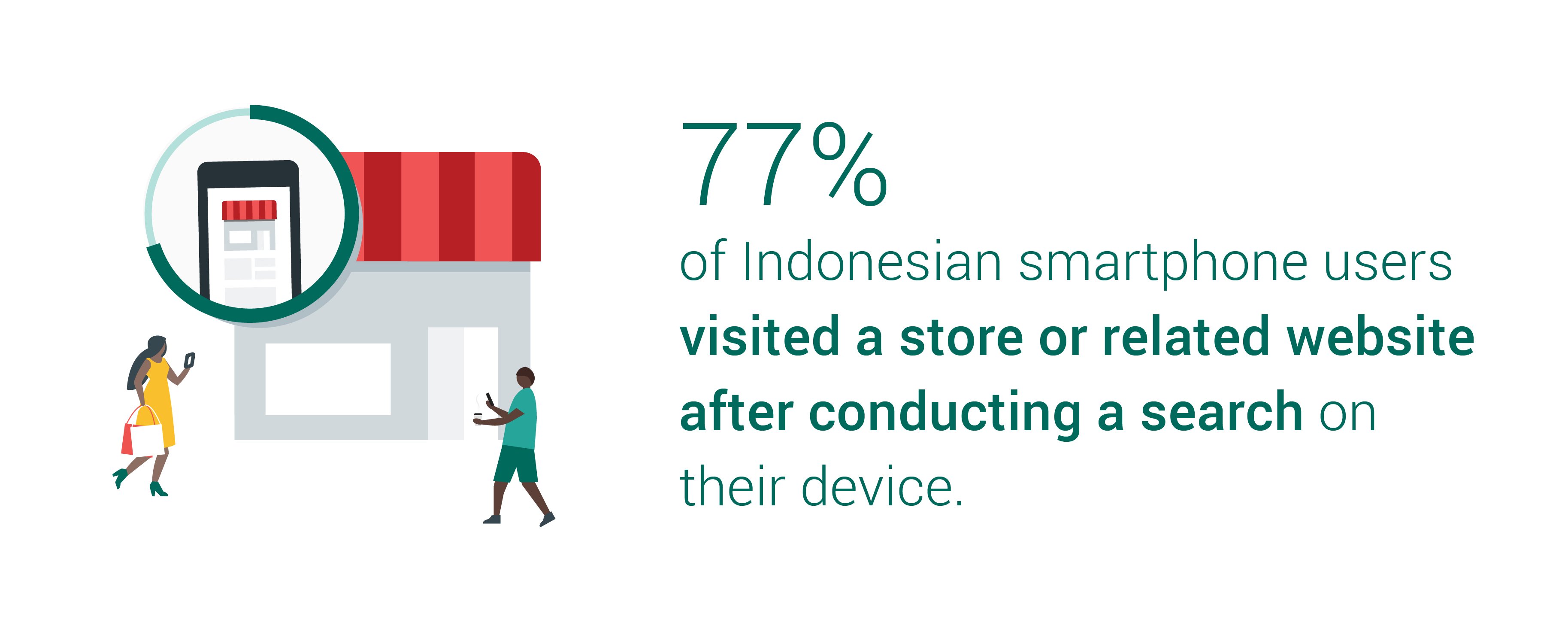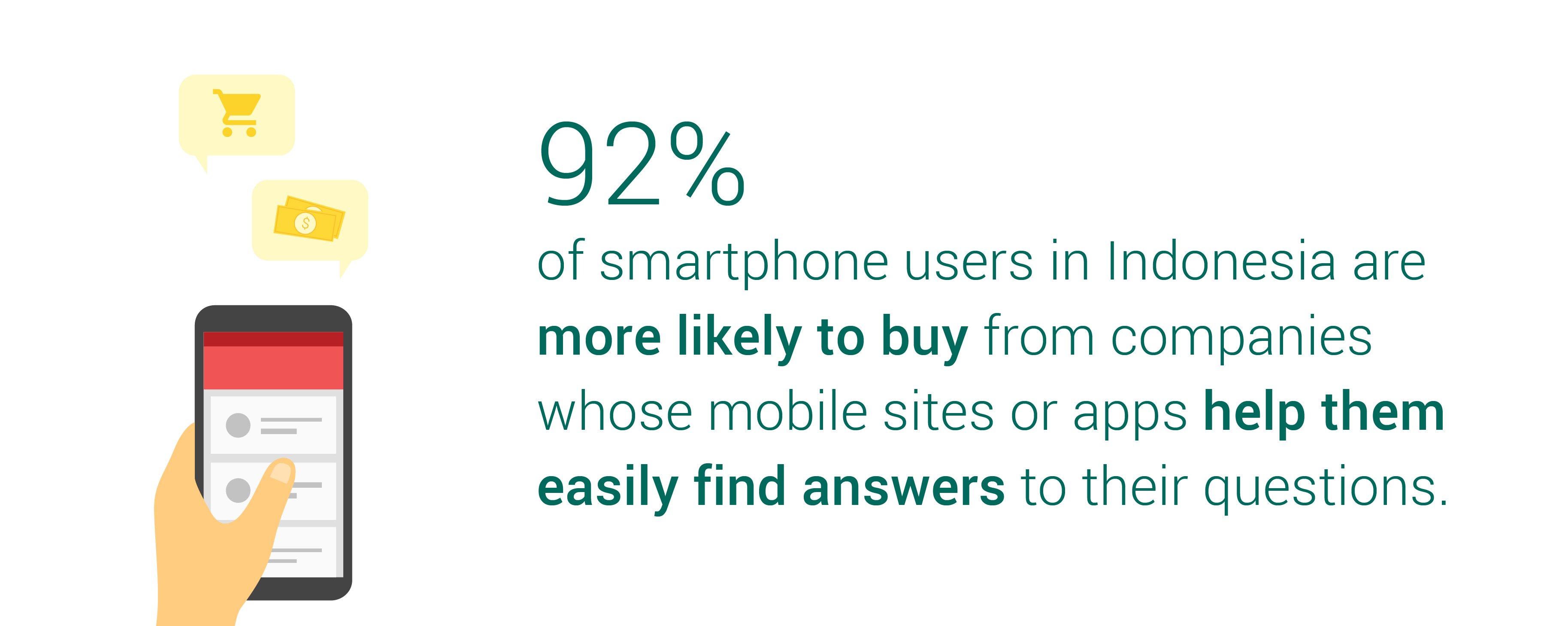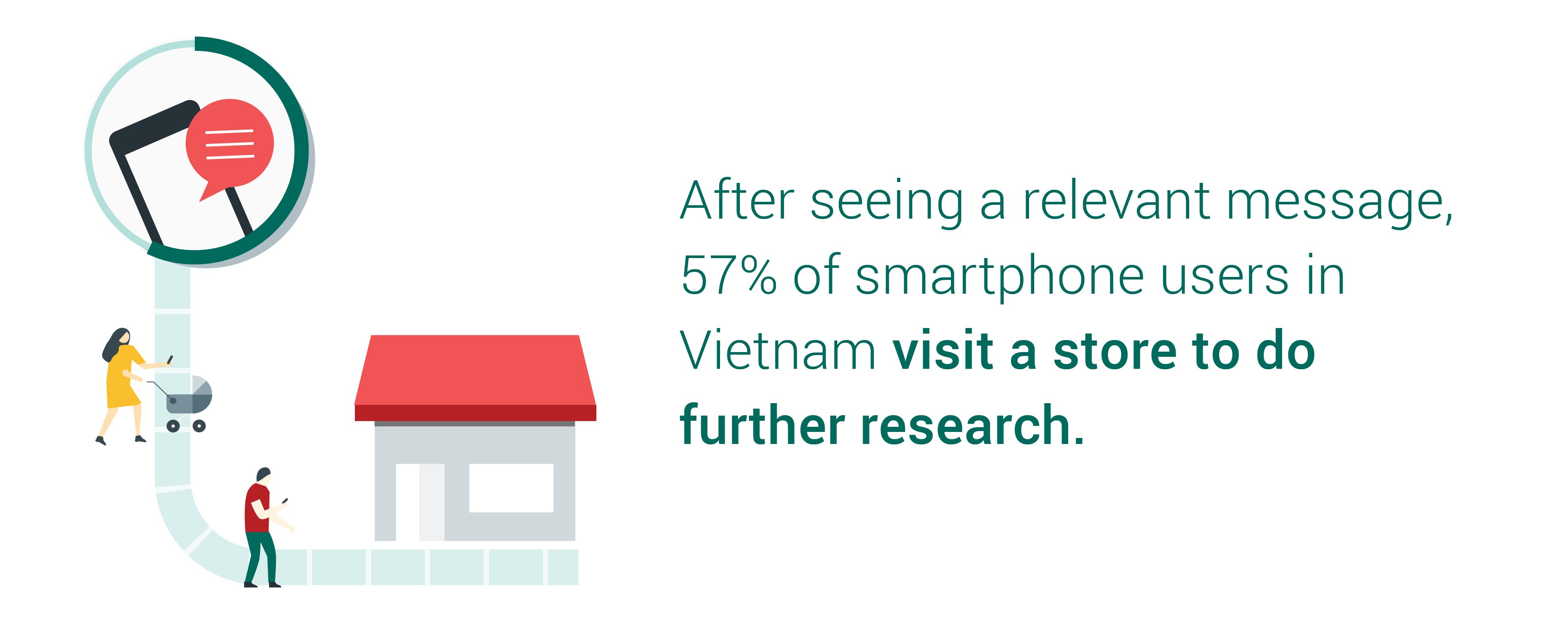Skyrocketing smartphone adoption rates have made Asia Pacific one of the largest mobile markets in the world. Here, consumers are turning to their mobile devices throughout their purchase journeys, and that’s great news for marketers. We set out to learn more about the habits and behaviors of Asia’s mobile-first consumers so brands can better meet them in their moments of need.
For decades, Asia Pacific marketers have looked to the U.S. to shape how we think of the online world, but we’re on the cusp of a seismic shift. With India recently surpassing the U.S. to become the second largest online population behind China,1 and Asia Pacific becoming the world leader in digital ad spend at 34%,2 this region has now become the epicenter of all things digital. The driving force behind this change is mobile.
We partnered with IPSOS to learn more about Asia Pacific consumers’ micro-moments, the intent-rich moments when people turn to their smartphones to learn, discover, or buy something (see the accompanying deck for key insights from our research).
What did we find that separates Asia Pacific from the rest of the world when it comes to mobile usage? Smartphone adoption. The region has four of the world’s top 10 markets for smartphone adoption, and Singapore and South Korea are tied at fourth place at 91% (see slide 2)—and nine countries in Asia already have the same or a higher smartphone ownership rate than the U.S.
By making the most of the changes in consumer behavior in a mobile-first region, brands in Asia Pacific can start paving the path for the region—and perhaps even the world. Here are four game-changing insights we’ve gleaned from our research with tips on how marketers can reach Asia’s mobile consumers.
Insight #1: Asia’s consumers know what they want, and they want it now
Asian consumers make decisions quickly. In Vietnam and Thailand, 97% of smartphone users say that online research has contributed to them making purchase decisions more quickly now than they did a few years ago (see slide 3). And consumers’ decisions aren’t just faster, they’re also better informed. A staggering 96% of smartphone users in India say that, thanks to online research, they’re making more informed purchase decisions than a few years ago. This is compared to just 59% of people in the U.S. who feel the same (see slide 4).

It’s in these simple moments, when consumers pull out their phones for information, that brands can have the biggest impact. People aren’t just searching—they’re deciding: 77% of Indonesian smartphone users visited a store or related website after conducting a search on their device (see slide 5), while only 64% did the same in the U.K.3 And 69% of Indonesian smartphone users considered purchasing a brand they encountered after using their smartphones to research (see slide 6), compared to 54% in the U.K.3
Marketer takeaway: Be prepared. Consumers are making decisions all along the path to purchase, so your brand can’t miss a beat. Develop a strategy that anticipates consumers’ needs by identifying their key micro-moments along the consumer journey. As consumer expectations increase, the brands that can give them what they’re looking for right in the moment they need it will win the day.
Kellogg’s, for example, noticed on Google Trends that people in India were increasingly searching for interesting breakfast recipes online. So it created 100 different sitcom episodes, each featuring a Corn Flakes-based breakfast recipe, to be there in those moments people searched for recipes. As a result, the brand saw a 20% growth in sales and 12% increase in product consideration.
Insight #2: In Asia, brand loyalty is built moment-by-moment
Asia Pacific’s mobile-first consumers are open to new brands, which is exciting news for marketers. The key is being there. In Japan, 96% of smartphone users said they aren’t absolutely certain of the specific brand they want to buy when they begin looking for information online (see slide 7). When consumers start searching, they’re all ears.
Even when consumers do have a particular brand in mind, seeing the right information at the right time can make them change their decision. We found that 80% of smartphone users in Hong Kong have actually purchased a brand they wouldn’t normally consider because of relevant information shown to them on their smartphones in those moments. By contrast, only 1 in 3 of U.S. consumers say this (see slide 8).
Marketer takeaway: Be there. Asia Pacific consumers are open to brands across all stages of the consumer journey, but they can’t choose you if you aren’t there. It’s simple: commit to being there in consumers’ moments of need by showing up in category-relevant searches on mobile.
Mytour Vietnam is a great example. The brand made sure to be present across all kinds of travel moments with keyword coverage addressing all relevant search terms, resulting in new traffic and higher conversion rates.
Insight #3: Helpful brands come out on top
Whether it’s a YouTube channel filled with helpful videos or a mobile app with localized content, it’s clear that consumers in Asia prefer helpful brands. In fact, 84% of smartphone users in the Philippines are more likely to buy from companies that provide instructional video content, compared to 48% of their American counterparts (see slide 9). And in nine markets in Asia Pacific, including India and Indonesia, at least six out of 10 smartphone users are more likely to buy from companies whose mobile sites or apps customize information to their locations (see slide 10).

The good news is that consumers in Asia reward quick, clear answers with sales: 92% of smartphone users in Indonesia are more likely to buy from companies whose mobile sites or apps help them easily find answers to their questions (see slide 11). And in India, 87% of smartphone users are more likely to buy from companies whose mobile sites or apps allow them to make purchases quickly (see slide 12).
Marketer takeaway: Be useful. To build brand love and loyalty, provide a digital experience that is relevant to your consumers’ needs. You can do this by creating snackable content that offers helpful information, showing consumers that you’re nearby when they search for a local business or product, creating how-to videos to help people mid-task, or simply creating a seamless user experience on your app or mobile site to help make a purchase.
For example, Carlist.my, Malaysia’s top online car marketplace, simplified its interface to make it easier for sellers to list their cars, and for buyers to find what they were looking for. By introducing a “thumb-friendly” navigation design, moving popular information to the front page, and providing a custom search option, Carlist.my became more useful to users and saw a 934% growth in mobile traffic and 354% increase in mobile leads to boot.
Insight #4: Mobile boosts e-commerce and in-store sales
One effect of nearly every shopper in Asia carrying a smartphone in their pocket is that the online and offline worlds are becoming blurred. Increased mobile usage doesn’t just boost e-commerce anymore—it also boosts in-store sales. Mobile allows consumers to take valuable actions like looking up directions and placing phone calls to a business they’d like to patronize. This is especially true in India and Singapore, where 88% of smartphone users have used a store locator (see slide 13).

Mobile doesn’t just bring customers to the store—it also guides their experience right up through the checkout queue. In Vietnam, 57% of smartphone users visit a store after seeing a relevant message from the company on their smartphone (see slide 15), and then a whopping 95% of them continue to consult their phones while in stores (see slide 14). From discovery to intent to purchase, Asian consumers are on mobile.
Marketer takeaway: Be seamless. Consumers move from device to device—and to your store—seamlessly. Create quick and frictionless experiences across all your platforms. Then by measuring impact across screens and channels, you can evaluate your brand’s effectiveness along all points of the path to purchase.
Using Google’s store visit conversions feature, Seven & i Holdings from Japan was able to measure the importance of mobile throughout its customers’ purchase journeys. By collecting data on the effectiveness of their digital ads on store visits, it learned that compared to desktop, mobile drove a 44% increase in shoppers to its stores at a 40% lower cost.
On the world stage, Asia Pacific marketers turn to digital
Consumers are looking for brands that can meet them in their moments of need. The data is clear: Asia Pacific is leading the way in changing consumer behavior, especially when it comes to mobile, and consumers will reward brands that meet them in their moments of need. The good news is that marketers in Asia Pacific are ready to grab the reins, as the region is predicted to take the #1 mobile ad spend spot globally by 2017.2







